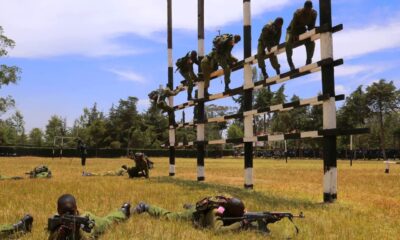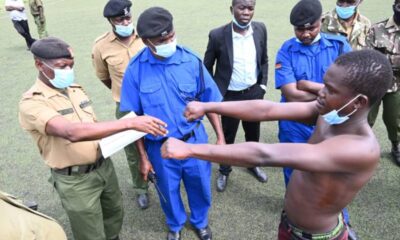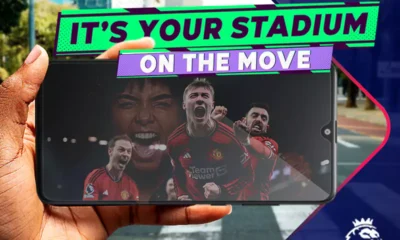World News
‘When They See Us’ Transforms Its Victims Into Heroes
-

 General News7 days ago
General News7 days agoKenya Police Recruitment Training: Complete Preparation Guide
-

 General News7 days ago
General News7 days agoRyan Injendi Hits Out at Mudavadi Over Malava UDA Nominations
-

 General News7 days ago
General News7 days agoWhat to Do If You Are Unfairly Disqualified from Police Recruitment in Kenya
-

 General News6 days ago
General News6 days agoKenyan Officer Benedict Kabiru Confirmed Dead in Haiti: Ruto Speaks at UNGA 2025
-

 General News1 week ago
General News1 week agoKalonzo Musyoka Dismisses Claims of Stepping Down from 2027 Race: “I Know My Enemies Are Suffering”
-

 Jobs6 days ago
Jobs6 days agoBeatrice Chebet Promoted After Golden Double in Tokyo
-

 General News5 days ago
General News5 days agoSenior School 2026: KNEC Launches Grade 9 Talent-Based Nomination for CBC Pathways
-

 Sports5 days ago
Sports5 days agoThe Ultimate Kenyan Fan’s Guide to Watching Premier League (Without DStv!)


